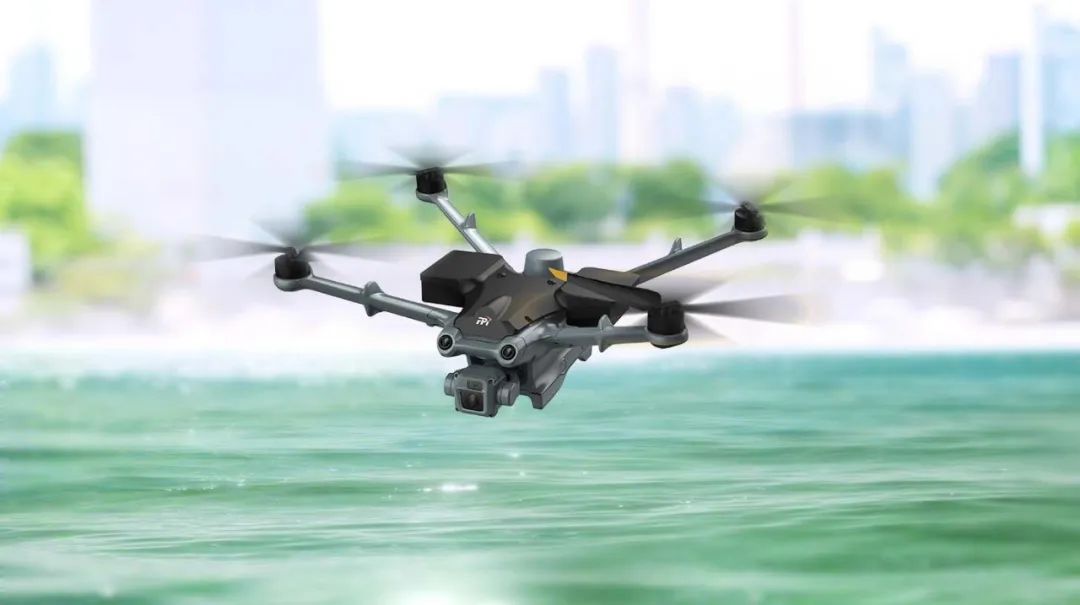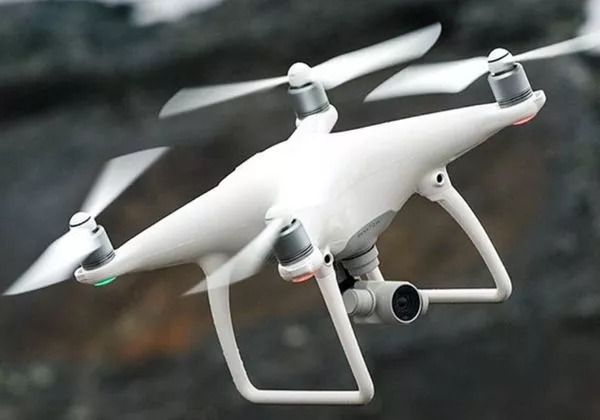Spy Drones: Revolutionizing Surveillance
Spy drones are equipped with state-of-the-art cameras and sensors, making them invaluable tools for various sectors. They can capture high-resolution images and videos, providing real-time data to security personnel. This capability ensures prompt responses to emergencies, enabling proactive threat management.
With advancements in artificial intelligence, these drones can autonomously identify and track suspicious activities, thus enhancing surveillance efficiency.
The Versatility of Spy Drones
Spy drones are used in diverse environments, from urban settings to remote terrains. They are ideal for monitoring events with large crowds, ensuring public safety without intrusive measures. Moreover, drones are employed in disaster management and search and rescue missions, providing aerial perspectives that ground units cannot access.
These UAVs have proven their effectiveness in border security as well. They cover large areas, detect unauthorized crossings, and assist in curbing illegal activities.
Integration with satellite data and geospatial technology further enhances their utility, making spy drones indispensable in modern security frameworks.
Potential Concerns and Ethical Considerations
Despite the advantages, the widespread use of spy drones raises ethical and privacy concerns. Continuous monitoring can lead to an invasion of privacy, necessitating strict regulations and clear guidelines to balance security needs with individual rights.

FAQs on Spy Drones
Q: How do spy drones affect privacy?

A: Spy drones can infringe on privacy if not regulated properly. Defined operational boundaries and usage policies help mitigate risks.
Q: Are spy drones expensive?
A: The initial investment can be considerable, but the long-term benefits and cost savings on manpower and infrastructure make them cost-effective.
Q: How are spy drones powered?
A: Most spy drones are battery-powered, with advancements leading to longer flight times and improved efficiency.
